Thanks to everyone who commented on our original post What is the Best Camera for Travel. Because of all the great suggestions we received, I ended up buying a different camera than any of the ones I highlighted in that article. Strangely, I also went with something different from anything mentioned in comments.
In thinking through the various trade-offs of all the different camera options I eventually realized that having a small, easy-to-pack camera was among my highest priorities. The best camera, as they say, is the one you have on hand. There really is little value in owning a pro-quality system with an array of huge lenses if it sits at home because it is too heavy to carry. The Sony Nex I previously owned was already straining the limits of my carrying capacity. So I wanted to go even smaller.
At the same time I knew that I’d eventually want a long zoom lens for things like wildlife photography. The problem is, those lenses are huge.
It’s incredible to think that plenty of pocket sized cameras now come with 700mm equivalent zoom capabilities. And those cameras are smaller than the 200mm lens I used to carry for my “compact” Nex-7 system.
It’s true that the lenses on pocket cameras aren’t very good. They won’t produce the same sharp images you’d get from better quality glass. But the old adage still applies: the best zoom lens is the one that you’re carrying. And I never carried anything close to a 700mm zoom before.
So it occurred to me that I’d probably want to keep one of these pocketable cameras in my bag if only for its zoom capabilities. And if I was going to own a pocket camera anyway, I might as well see if I could make it work as my every day camera.
But I still didn’t want to abandon all the features I had grown used to on my higher end camera. So I found a good compromise of size and capability in Panasonic’s Lumix DMC-ZS40. I’ve now used the camera for a couple of months, and here are my thoughts.
Things I like
Compact size
The Lumix DMC-ZS40 is far smaller than my old Nex-7 interchangeable lens camera. And the Nex was far smaller than the Nikon DSLR I used previously. Not counting my camera phone, the DMC-ZS40 is the smallest camera I’ve used in years. And I love the size.
I suspect not everyone will agree that this is a small camera. The Lumix DMC-ZS40 is a bit too large to comfortably fit in a pocket, unless that pocket is of the cargo variety. But it’s small and light enough that if you drop into a day bag you won’t even notice it’s there.
Ability to shoot RAW
Most compact cameras only allow you to generate JPEG files. In creating those files, the camera makes a ton of decisions about how to best process your shot. And as good as camera algorithms have become, they’re still no substitute for the human eye.
If you want to take creative control over your photography, you probably want to control all of those processing decisions too. And that means shooing in a RAW file format. Most pocketable cameras do not support RAW. The ZS40 is one of the few that does, which is a big reason why I ended up going with this camera.
It has a viewfinder
The LCD screens on most digital cameras become basically useless in bright daylight. They’re also not the best when trying to carefully compose an image. The DMC-ZS40 comes with a basic SLR style viewfinder that helps to remedy those problems.
The ZS40’s viewfinder doesn’t have award-winning resolution, but it does get the job done. Its inclusion makes the camera a little bit bulkier and less pocketable than some of its competitors. So it’s worth considering whether this is a feature you will use. Personally, I find it invaluable and is one of those things I’m willing to sacrifice a few centimeters of space for.
Zoom
The ZS40 has a 30x retractable zoom lens that covers a range equivalent to 24mm-720mm. That’s far more reach than I could hope to carry from any of the existing interchangeable lens system.
Manual controls
The ZS40 has a control dial that lets you easily switch between manual shooting modes. Many point and shoot type cameras make you go through a bunch of menu options to change these settings, if they allow you to change them at all. The ZS40 also includes a lens mounted control ring that you can use to adjust some basic settings, like aperture or shutter speed, on the fly.
You can also customize how some of the buttons function in the various manual shooting modes. It doesn’t have a ton of external control buttons, though. So there are times when digging through the menus to change certain settings is unavoidable – especially when shooting in full manual.
Bonus feature
One of my big travel pet-peeves is when a destination charges admission but bans photography for the sole purpose of trying to sell picture books and postcards. I don’t want their photography. I’d gladly pay a few dollars extra for the right to shoot my own. But that’s never an option, so screw them. Even if I have no intention of using the photographs I’ll often sneak some just out of spite. The ZS40’s discreet profile and silent shutter makes that easy to do.
Things I wish were better
Image quality
I knew when I bought the ZS40 that the image quality wouldn’t be as good as what I was used to. That’s to be expected when stepping down to a far smaller and far less expensive camera. And it’s true, the images I get from the ZS40 aren’t as sharp as I’d like. But under the right conditions, and with the right finesse, they’re generally acceptable for my needs.
Limited dynamic range
I’ve noticed that the ZS40 has a tendency to blow out highlights. Take a look at the sky in the above photo to see what I mean. There are things you can do to try to adjust for those situations, but that brings me to another quibble I have with the camera.
Limited manual controls
The inclusion of manual controls in the ZS40 is a step up from other similarly sized cameras, but don’t expect too much flexibility. The camera’s hardware only allows adjustments within a pretty narrow band.
The other day, for example, I wanted to use a slow shutter speed to produce a nice soft flowing effect for a waterfall. Couldn’t be done. At least not with this camera even under heavily overcast conditions.
High noise at low ISO
The ZS40 also produces a fair amount of noise and that noise shows up at relatively low ISO levels. The camera boasts an ISO capability up to 3200, but I’ve found that noise increases noticeably at levels above 800. Fortunately there’s an option to limit the ISO that the camera will choose when shooting in any of the manual modes. I don’t think that option is available when using the fully automatic setting, in which case the camera will choose ISO levels way too high for my taste.
In-camera HDR
When using the camera in Auto mode it will sometimes decide to create an HDR image by shooting multiple exposures and blending them together into one shot. It seems to work pretty well for still life shots and for landscapes. Just be careful when trying to photograph anything in motion. The internal HDR software doesn’t handle movement very well and will stitch together images in a way that can destroy the final photo.
Fortunately, you can turn off the HDR feature from within the camera’s main menu. There doesn’t seem to be an easy way to toggle the feature on and off from the external controls, which would be a useful addition to future models.
Verdict
The Lumix DMC-ZS40 is a fairly powerful camera packed into a pretty tiny package. It’s nearly-pocketable design offers amazing zoom capabilities, produces decent images, and provides a measure of control normally only found on much larger and more expensive models. And while I miss the image quality and features of my old Nex system, the ZS40 gives me enough of what I’m looking for to serve as my primary camera, at least for now.





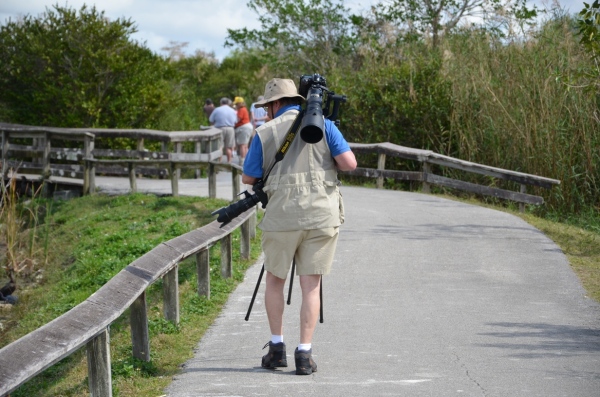
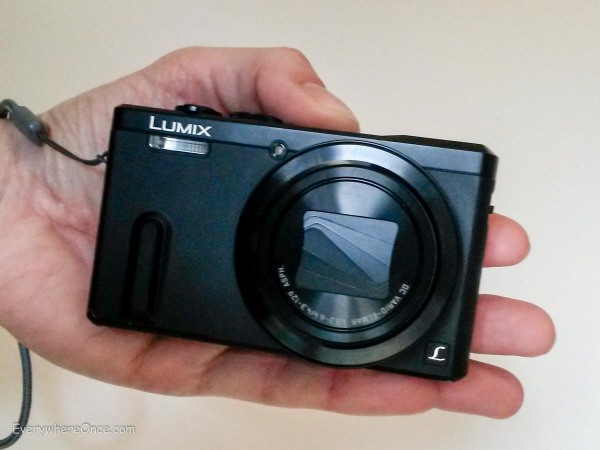


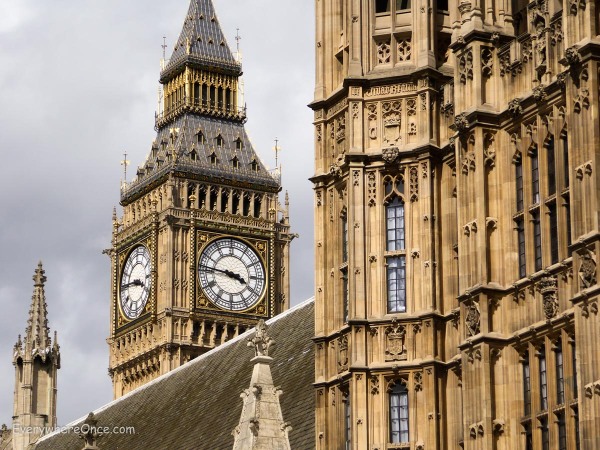


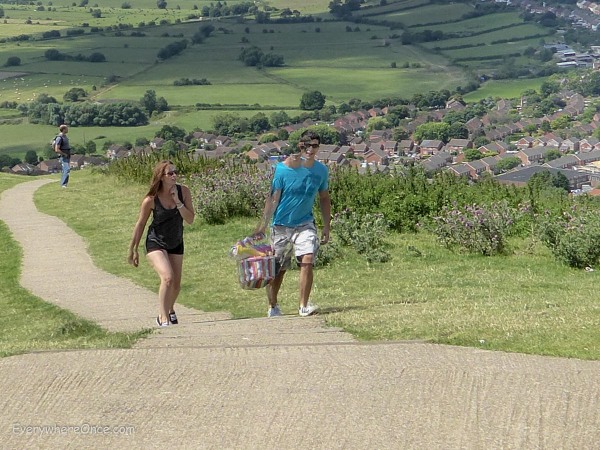





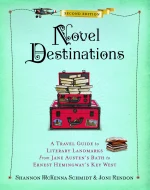




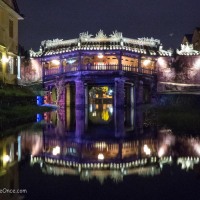


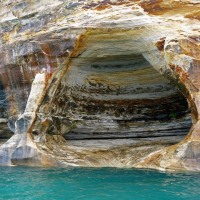
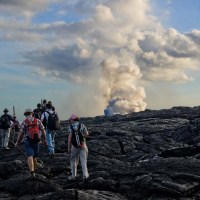
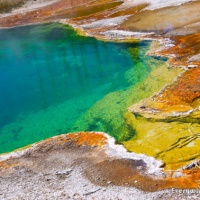
when i started reading your article i thought you might chose the panasonic. i replaced my canon G12 (which just gave up!) about a month ago and the two main deciders for me were the ability to shoot RAW and a viewfinder, (it had to be small enough to not be a burden) i like to keep a 10-22 lens on my DSLR. i have gone through screaming frustrations re the battery life,(even when the GPS is switched off) but i find the sharpness and noise can by and large be sorted if you have shot RAW in a lightroom post edit. good luck with it- your blogging photography is always a delight!
LikeLike
Reblogged this on digger666.
LikeLike
I’ve used a similar Panasonic Lumix Z-something for the last two years while I’ve been travelling and agree it’s the best in the range.
LikeLike
Hey Brian, couple of questions: wondering if any of the Nikon products were in your evaluation and why they came up short. Also wondering how the battery life is for the Panasonic.
LikeLike
Hi Guys,
I looked at everything I could find. I don’t recall any specific Nikon cameras, though (maybe if you had a model in mind it would jog my memory.) I’m thinking they just didn’t have models with the features I was looking for is all. I owned a Nikon DSLR and it was a great camera, so I don’t have anything against the brand.
As far as battery life goes, the Panasonic is far, far, better than the Sony Nex – but I’m not sure that is saying much. The Nex battery life was awful. For the Panasonic, I probably have to charge it every couple of days. Don’t know how that compares with other pocket cameras.
LikeLike
Hi Brian,
Have you thought about trying an adjustable ND filter to help with longer exposure times? I cant tell from the photo if the camera has a threaded filter ring.
Compact zoom cameras are great for all the reasons you mentioned.
Cheers,
Jason
LikeLike
This may be an option for filter use, although if the trial works I’d glue it on.
LikeLike
I was going to say that pocket cameras don’t typically have threaded lenses for filters. I think one of the bigger zoom cameras actually has a built-in 3-stop ND filter, though.
I can’t watch the video at the moment but it doesn’t surprise me that someone has hacked a solution. The more they add high-end features to these pocket cameras the more high-end capabilities we’re all going to want.
LikeLike
I agree with your choice and assessment. After a cycling trip to Cambodia last year with my DSLR in an uncomfortable backpack or in the support van (i.e., difficult to access) I went searching for a pocket alternative and decided upon the Panasonic LUMIX DMC-ZS40 for the reasons you’ve outlined. I miss the crispness of the facial shots taken by my Olympus E-510 DSLR but don’t miss the 1kg weight and space it demanded. My LUMIX helps me keep my luggage to under 10 kg, is within reach at all times and adequate for my needs. Thanks for the post.
LikeLike